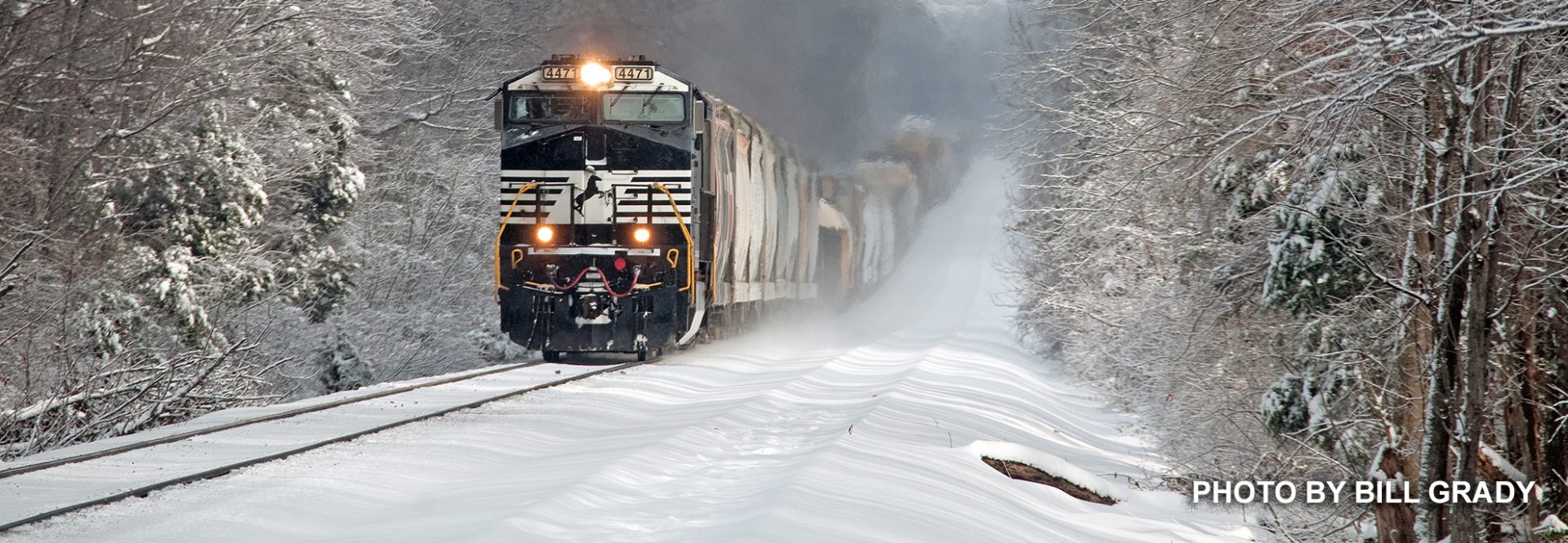A company that offered luxurious rail tours aboard refurbished vintage cars and was a major charter customer of Amtrak has shut down.
GrandLuxe Rail Journeys Inc. ceased operations last week. “We are financially unable to continue operations,” the company said in an Aug. 26 note to people booked for upcoming tours. It said it did not know whether people would get their money back. It is unclear what caused the move. Phone calls Wednesday to GrandLuxe headquarters in Evergreen, Colo., were greeted by a message saying the mailbox was full.
Bob Whitley, president of the U.S. Tour Operators Association, said other luxury-tourism companies do not appear to be suffering, despite a soft tourism market overall. “The only area doing really well is the luxury side,” he said. “It’s less affected by the economy and the weak dollar.” GrandLuxe was not an association member.
For Amtrak, the closure of GrandLuxe, known as American Orient Express before it came under new ownership in 2006, means the loss of several million dollars in annual revenue, Amtrak spokesman Cliff Black said.
GrandLuxe relied on Amtrak to pull its train on various scenic routes. The national passenger railroad provided locomotives and engine crews for the trips, which lasted seven to 10 days and cost upward of $4,000. Amtrak did not provide onboard staff or marketing for those tours, Mr. Black said.
Last year, the companies attempted a closer partnership, announcing that GrandLuxe cars — including spacious sleepers, dining rooms and lounge areas — would be attached to certain regularly scheduled Amtrak trains during the holiday season. The idea was to offer a shorter, less expensive option with the same five-course meals and other luxury amenities as GrandLuxe’s usual tours. Amtrak helped market the service, dubbed GrandLuxe Limited, through its loyalty program, Guest Rewards.
However, the service, originally planned for three routes, was scaled back to just one train, the California Zephyr, between Chicago and Emeryville, Calif. The partnership wasn’t renewed this year.
It is unclear what will become of the company’s 1940s and 1950s passenger cars.
